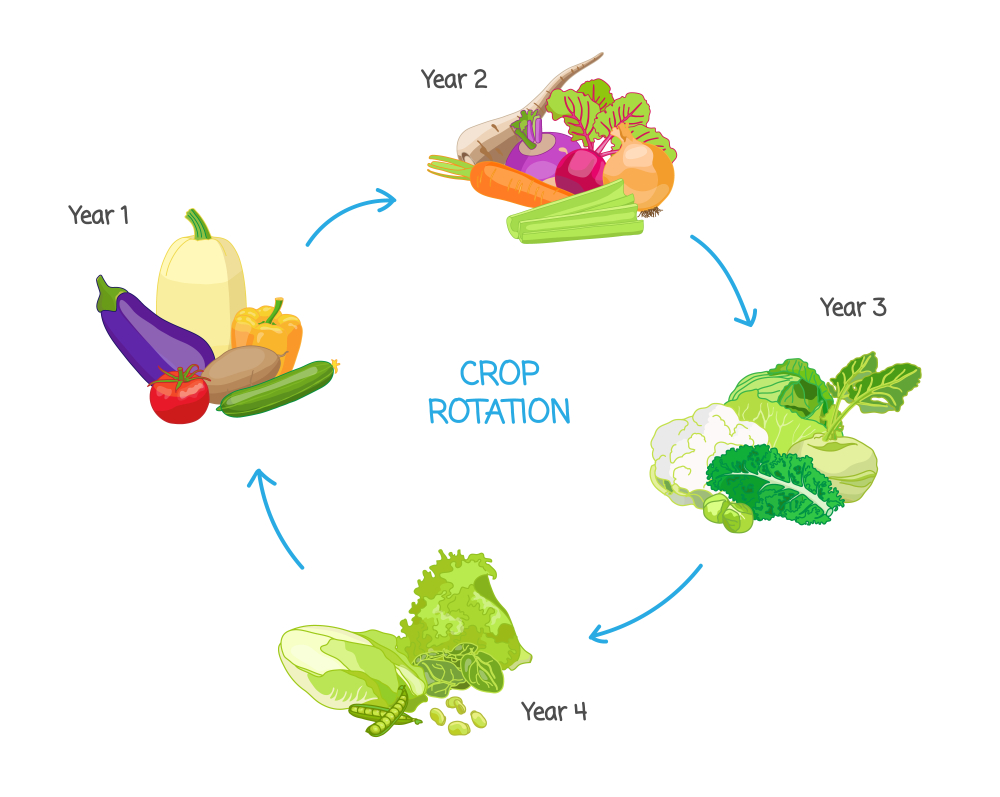
Crop rotation is a common agricultural practice where different crops are grown in a specific order in the same field over a period of time. This practice helps to maintain soil fertility, reduce pests and diseases, and increase crop yields. Detecting crop rotation is important for agricultural planning and management, especially for monitoring the long-term sustainability of farming practices.
Want to do a Crop Rotation Detection?
Crop rotation detection using satellite imagery has the advantage of being able to cover large areas quickly and cost-effectively. It can also provide a historical record of crop rotations over time, which can be used to monitor changes in farming practices and soil health. However, the accuracy of the results may be affected by factors such as cloud cover, atmospheric interference, and the spatial and temporal resolution of the satellite imagery.
Crop rotation detection can provide numerous benefits for agricultural planning and management, including:
Improved soil health: Crop rotation helps to maintain soil fertility by alternating between crops with different nutrient requirements. Detecting crop rotations can help farmers and researchers monitor soil health over time and make informed decisions about crop management practices.
Increased crop yields: Crop rotation can help to reduce pests and diseases and improve soil structure, which can lead to higher crop yields. By detecting crop rotations, farmers can optimize their crop management practices and maximize yields.
Sustainable agriculture: Crop rotation is a key component of sustainable agriculture, as it helps to maintain soil health and reduce the need for synthetic fertilizers and pesticides. Detecting crop rotations can help to promote sustainable farming practices and support long-term food security.
Conservation of natural resources: Crop rotation can help to reduce water usage and prevent soil erosion, which can help to conserve natural resources. By detecting crop rotations, farmers and researchers can monitor the impacts of farming practices on natural resources and make informed decisions about conservation measures.
Economic benefits: By optimizing crop management practices, crop rotation detection can help to increase crop yields and reduce costs associated with synthetic fertilizers and pesticides. This can lead to improved economic outcomes for farmers and support rural development.
Overall, crop rotation detection can provide numerous benefits for agricultural planning and management, supporting sustainable and efficient farming practices that promote soil health, crop yields, and environmental conservation.